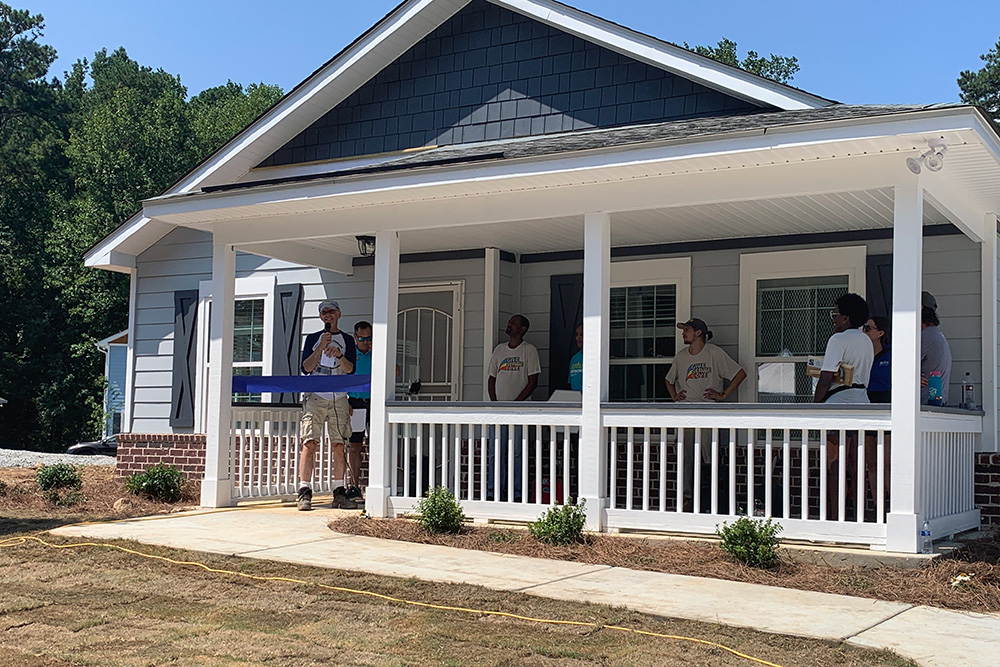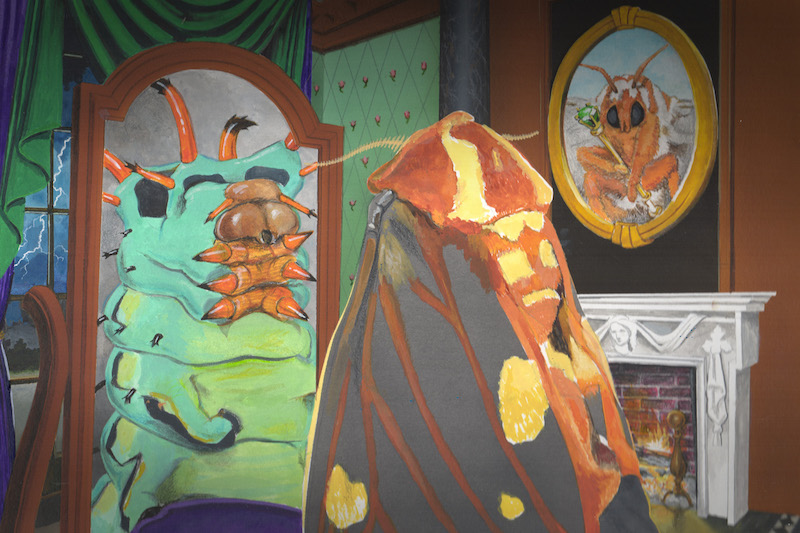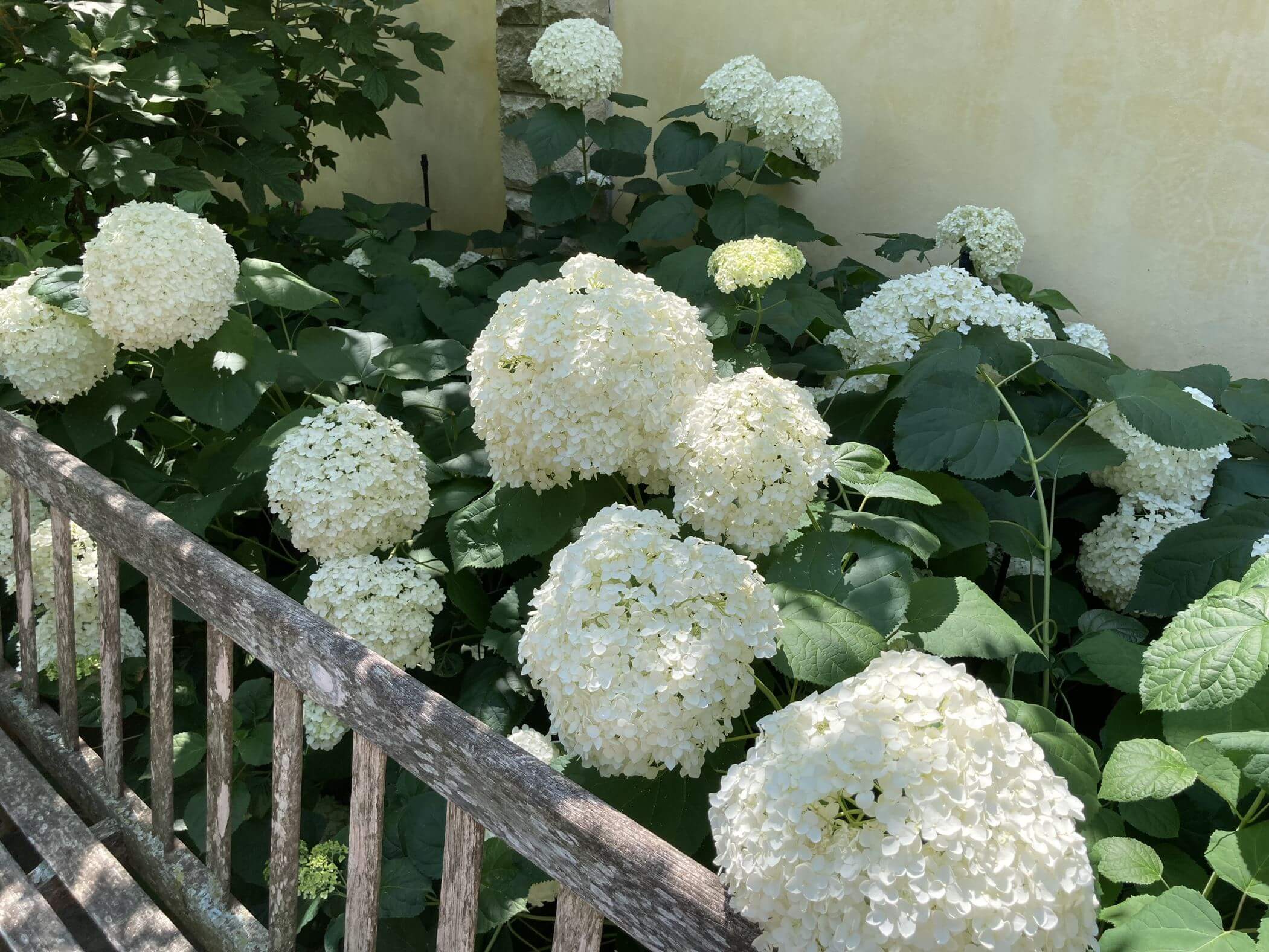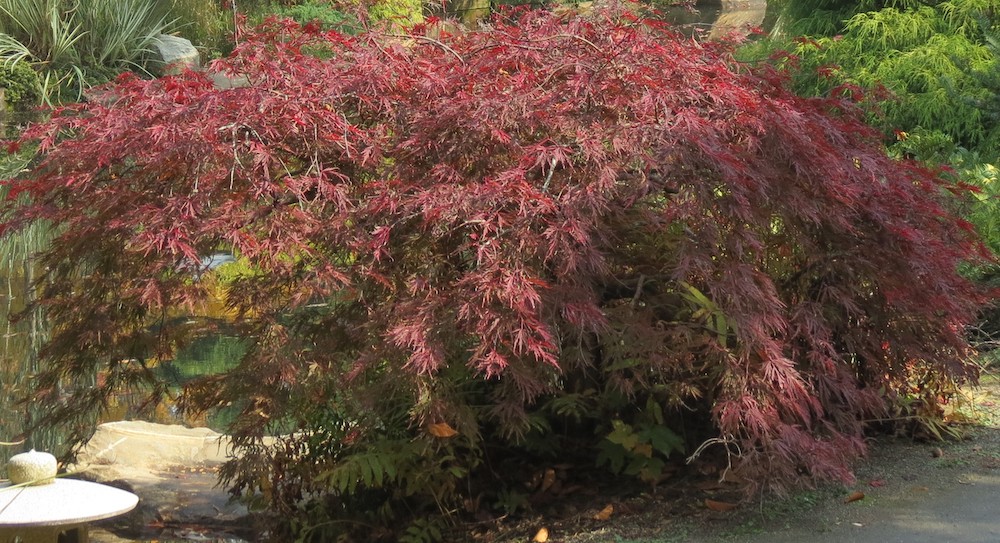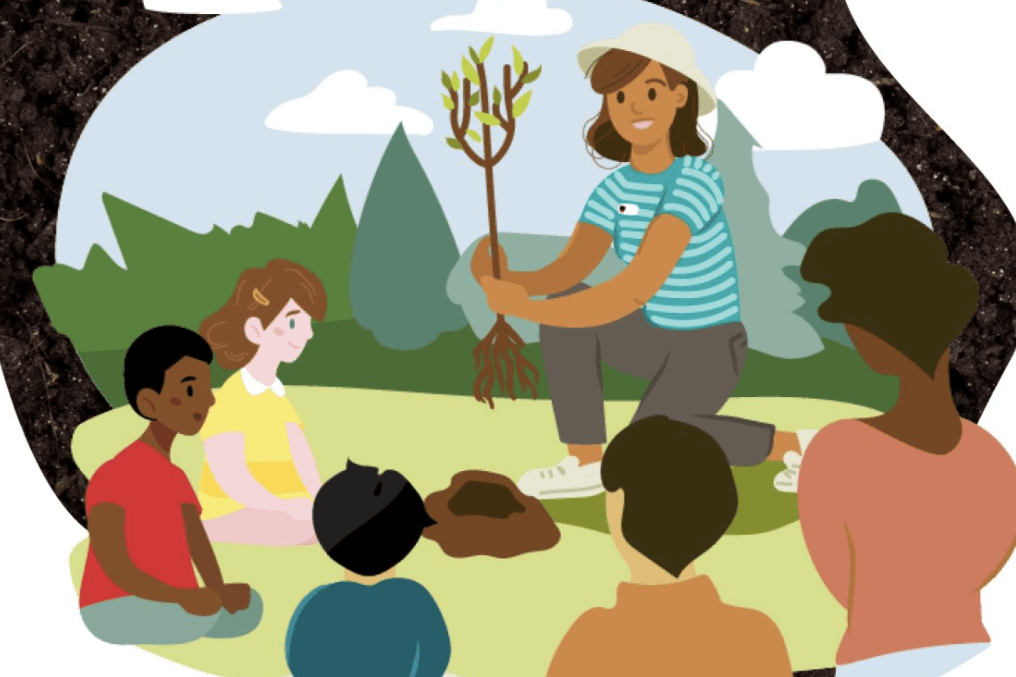As the weather grows cooler most landscape plants begin to go dormant. Fall is an excellent time to install new plant material.
Many home gardeners like to install plants in the spring when their leaves are unfurling and many go into bloom. Spring planting is acceptable, but fall planting is preferable. The summer months are not good for planting due to the intense heat and prolonged dry spells.
Newly installed plant material, even if properly watered, is highly stressed and can die. In the fall months, the air temperatures have cooled and the plants are not under as much stress. The stems and leaves will begin going dormant, but the roots will continue to grow in the soil.
Cold weather gives the plant more time to become established and develop a strong, healthy root system. By the following spring and summer, the plants will be more resistant to heat and drought conditions. Spring-planted trees and shrubs have a much shorter period of time to become established. This makes them more vulnerable to the stresses of summer.
For trees and shrubs, dig the width of the hole at least one and one-half to two times the size of the root ball. Plant it at the same depth as it was in the container. Do not install the plant’s crown below soil level. Planting too deeply can lead to rot and other problems leading to damage and possible death of the plant material.
Research has shown adding organic matter, like compost or top soil, to the hole is not necessary. The plant’s roots might be so happy in the rich soil that it prevents their roots from growing out into the native soil.
However, when planting a bed of multiple trees and shrubs, add organic matter and till it in throughout the entire planting bed. Do not fill the individual holes with organic matter.
When purchasing plants, select plants that appear healthy and free of insects and diseases. Pull the plant out of the pot and examine the roots. Healthy roots should be white or light brown and spread throughout the root ball.
Avoid plants with black mushy roots, or those with poorly developed root systems. If plants roots are matted around the edge of the root ball, use a knife and make a few cuts to break up the mat and allow the roots to spread.
Do not apply fertilizer to the individual planting holes. Wait until the plants become established before fertilizing.
Thoroughly water the plants once or twice a week. Apply two to three inches of mulch, such as pine straw, pine bark or cypress mulch, around the plants. Do not mass mulch around the stems of the trees and shrubs. This can lead to disease and insect infestation of the stem.
Fall is the best time of the year to establish trees, shrubs, and many types of perennials. Install these plants now to enjoy them in the spring and into the future.
For more information on fall plantings, contact your local University of Georgia Extension office at 1-800-ASK-UGA1.


